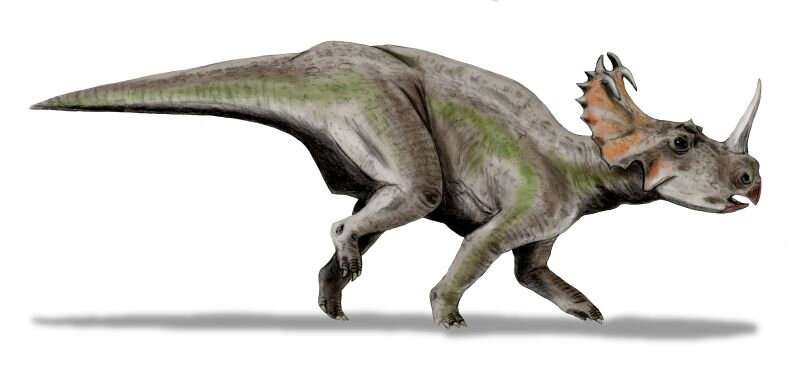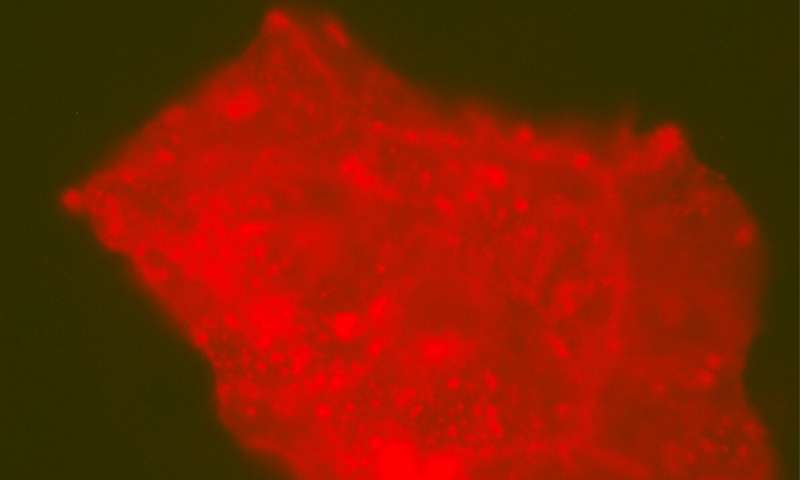
Paleontologists are excited by recent reports of dinosaur bones containing preserved traces of the protein collagen, as well as other soft tissues like blood and bone cells. However, these organic molecules might actually be produced by modern microbes living inside the fossils, says a new study. This means that the chances of ever finding preserved dinosaur proteins are extremely thin, or next to impossible. There goes Jurassic Park!
Evan Saitta, a postdoctoral researcher at the Field Museum, was researching how soft tissues fossilize for his Ph.D. thesis at the University of Bristol. Inspired by the interest in findings of supposed dinosaur proteins, Saitta decided to perform his own investigation.
He traveled to the famous Dinosaur Provincial Park in Alberta, Canada, a region was rich in fossils that there is more bone than rock once you dig a little. Saitta had to be extra careful not to contaminate the bones he retrieved from the soil.
“To collect these bones in a very controlled, sterile way, you need a dig site with a ton of bone because you have to find the bone quickly, expose just enough of one end to know what it is, then aseptically collect the unexposed bit of the bone and surrounding rock all in one,” Saitta said.

Saitta found 75-million-year-old fossils of Centrosaurus—a smaller cousin of Triceratops—and brought them to the lab in order to examine their organic composition. The results were compared to chemical analyses of modern chicken bones, sediment from the fossil site in Alberta, and thousands-of-years-old shark teeth.
“We visited multiple labs, and the different techniques gave us consistent and easily interpretable results, suggesting that the aseptic collection was sufficient,” Saitta said in a statement.
The analysis showed no evidence of collagen proteins inside the fossils like there were present in the chicken bones and shark teeth. Instead, what they did find were a lot of microbes, despite the fact that Saitta’s anti-contamination measures were successful.
“We found non-radiocarbon dead organic carbon, recent amino acids, and DNA in the bone—that’s indicative that the bone is hosting a modern microbial community and providing refuge,” Saitta said.
These microbes weren’t at all like the common kind of bacteria found in the surrounding rock. For instance, 30% of the genome sequences are related to Euzebya, which is only reported in places like Etruscan tombs and the skin of sea cucumbers.
It’s not all that surprising that microbes love dinosaur bones. Such fossils are rich in nutrients like phosphorus and iron, which microbes require. Bones are also naturally porous, allowing moisture to sip through. “These bacteria are clearly having a jolly good time in these bones,” Saitta said.
Saitta thinks that many of the organic molecules and soft tissues reported in dinosaur bones by other scientists are, in fact, of a different origin. Most likely, he thinks, these fossilized tissues are actually biofilms — microbe secretions. “I suspect that if we began to do this kind of analysis with other specimens, it would begin to explain some of the so-called dinosaur soft tissue discoveries,” he said.






